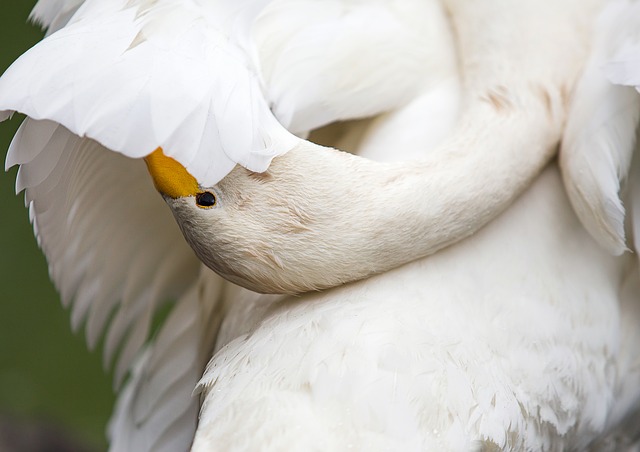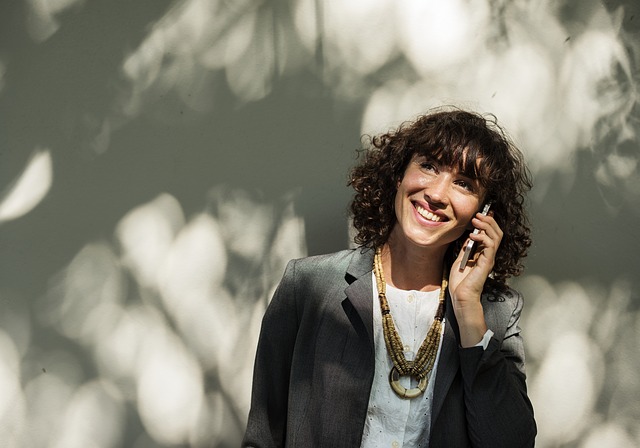Rick Hanson, in his podcast interview – Confidence or Narcissism? – reinforced the concept of a narcissism spectrum. He indicated, from his clinical experience, that the extreme end of the spectrum – narcissistic personality disorder – is rare (less than 1% of the population). However, narcissistic tendencies exist in all of us to a greater or lesser degree. Rick provides examples, for instance, of what a 70% level of narcissistic tendencies in a person would look like behaviourally, compared to a level of 20%. He suggests that at the 70% level, a defining characteristic is self-absorption to the point of harming others; while at the 20-30% level, a sense of entitlement is involved that results in others feeling subtly devalued.
Rick reinforced the view that there are ways to cultivate a healthy confidence to address our narcissistic tendencies. In the previous post, I highlighted Ash Barty as an excellent role model to aspire to in developing the necessary traits.
Why do we need to develop a healthy confidence?
According to Rick, a healthy confidence involves acknowledging that you are “basically a good person with desirable traits”. Fundamentally, the development of a healthy confidence requires “having and taking in positive experiences” (in contrast to experiencing childhood trauma in its many forms and playing out the trauma in narcissistic tendencies). Rick suggests that deprivation in terms of normal “narcissistic supplies” in childhood, can lead to deficiencies in behaviour as an adult (including attempts to fill the void from childhood). Normal “narcissistic supplies” take the form of physical and emotional availability by carers, accurate reading of signals and needs of a child and a genuine desire to respond in such a way as to cater for, not dismiss, the fundamental needs of the child – the needs for “comfort, soothing and affection” and to have a “sense that they are special”.
How do we cultivate healthy confidence?
Rick reinforced the importance of valuing and fully (mentally and bodily) feeling positive experiences whenever they occur throughout the day. These can take the form of positive “narcissistic supplies” such as:
- experiencing active listening (that affirms your worth as a person)
- receiving an expression of gratitude for what you have done to help someone
- being acknowledged for one of your own special traits such as wisdom, calmness, flexibility
- experiencing sensitive understanding and appreciation of what you are feeling in a difficult personal situation (such as a relative who has a mental health issue).
Rick suggests that we should really savour these experiences, dwell on them and “replay the movie of a [positive] conversation” – and do so multiple times a day (as he did to redress his own narcissistic tendencies).
Rick’s interviewer, Forrest Hanson – creator of the Eusophi (Good Knowledge) website – suggests that another way to develop healthy confidence is to work backwards from self-observation – observation of our own narcissistic tendencies at play, e.g. the need to gain others’ attention all the time. He maintains that being aware of these tendencies and their negative impacts (e.g. people choosing to avoid us) can serve as a motivator for us to change. Forrest’s mental frame on healthy confidence versus narcissistic tendencies is his suggestion that the former involves valuing oneself “from the inside out”, while the latter involves valuing oneself “from the outside in” – needing external validation to affirm your own worth.
Reflection
Most of us have experienced some form of deprivation of healthy “narcissistic supplies” in our childhood. As we grow in mindfulness, we can develop the self-awareness and honesty to recognise and acknowledge how these deficits play out in our adult lives. By constantly savouring positive experiences, we can redress the balance and build towards a healthy confidence that can be a more effective guide of how to behave in our daily lives, in a work context and within our intimate/family relationships.
____________________________________________
Image by Евгения Кец from Pixabay
By Ron Passfield – Copyright (Creative Commons license, Attribution–Non Commercial–No Derivatives)
Disclosure: If you purchase a product through this site, I may earn a commission which will help to pay for the site, the associated Meetup group and the resources to support the blog.




